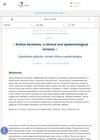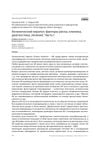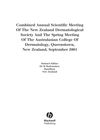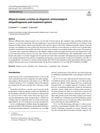Actinic Keratosis: Risk Factors, Clinical Diagnosis, and Therapeutic Aspects. Part I
April 2024
in “
Dermatovenerologiâ, kosmetologiâ
”
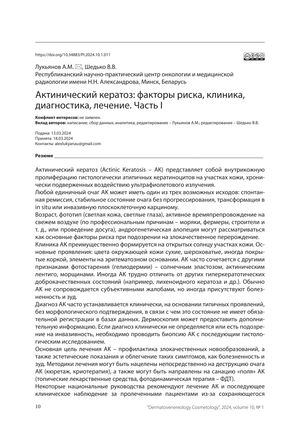
TLDR Actinic keratosis is a sun-induced skin condition that can potentially turn into skin cancer and requires treatment to prevent malignancy.
Actinic keratosis (AK) is a skin condition characterized by the proliferation of atypical keratinocytes due to prolonged sun exposure, primarily affecting sun-exposed areas. AK lesions can either spontaneously remit, remain stable, or progress to squamous cell carcinoma. Risk factors include age, fair skin, light-colored eyes, outdoor activities, and androgenetic alopecia. Clinically, AK presents as dry, rough, sometimes crusty lesions on an erythematous base and is often associated with other signs of photoaging. Diagnosis is typically clinical, sometimes aided by dermoscopy, and confirmed by biopsy if malignancy is suspected. Treatment aims to prevent malignancy and alleviate symptoms, using methods like curettage, cryotherapy, topical drugs, and photodynamic therapy. National guidelines vary on the necessity of routine treatment and follow-up, which can burden healthcare providers. This document provides comprehensive information on AK for healthcare professionals.
